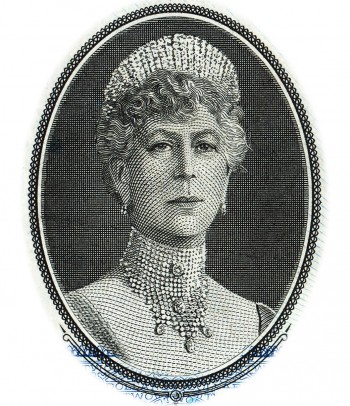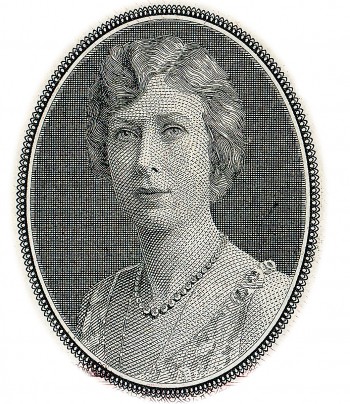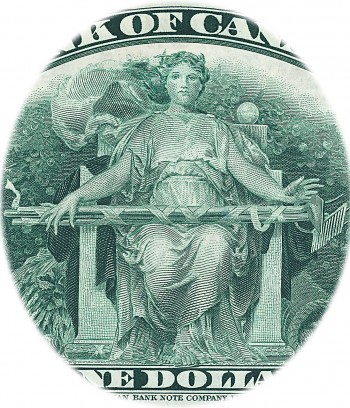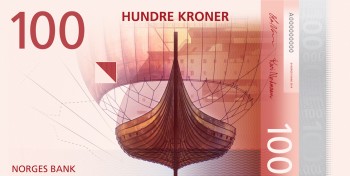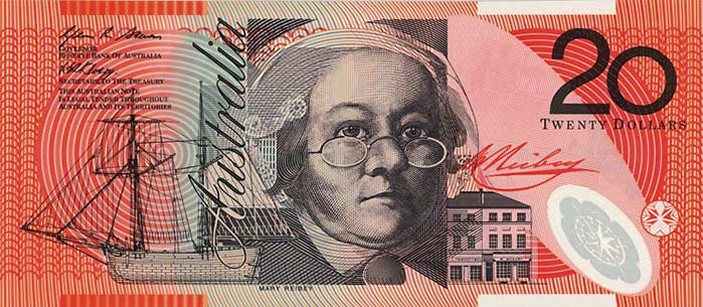Who will she be? It’s up to all of us.
People can’t seem to stop tweeting about this subject.
On this past International Women’s Day, Prime Minister Justin Trudeau and Finance Minister Bill Morneau announced that the Bank of Canada will be featuring an iconic Canadian woman on a 2018 bank note. The best part is that we get to help choose who she is. As Canadians, we have all been invited to nominate a candidate to be featured on the first bank note in the next series.
Actually, a number of women have been portrayed on Canadian federal bank notes since Confederation but none of them has been Canadian or, shall we say, of the people. The Countess of Dufferin, Princess Patricia, Queen Mary and both the child and adult Queen Elizabeth are some of the notable women from past Canadian bank notes. Of course there have also been many female allegorical figures but on this upcoming note, the Bank of Canada wants to feature a historic Canadian woman who has made an important contribution to our country. An imaginary, silk-draped woman on a throne holding gardening tools just isn’t the same thing.
Representing significant women on national currency is gaining momentum all over the world. At least 12 countries currently feature historically notable women on their money: Syria, The Philippines, South Korea, The Ukraine, Turkey, Mexico, Argentina, New Zealand, Israel, Sweden, Australia and the United Kingdom. They run the gamut from artists and writers to leaders and activists—both ancient and modern. Australia and Sweden are two countries that have an equal share of men and women on their bank notes. If you include the current Queen, Australia actually features more women than men. Norway, on the other hand, does not feature people at all on its newly proposed bank notes.
The US Treasury Department also announced last year that it will feature a woman on its $10 bill (to be issued in 2020) and will undertake public consultations for its design. Like Canada, there has been a significant interest in putting a woman on the national currency, but in the US’s case, there is also a strong movement to portray her specifically on the $20 note. Andrew Jackson, the current tenant, is not a very popular historic figure. However, that ship sailed with the announcement that Alexander Hamilton, America’s first Secretary of the Treasury, will be stepping aside to make room on the $10 bill. Hamilton will remain part of the imagery of the $10 note, but it has not been decided how.
So how do you go about nominating a significant Canadian woman? You can just click here or go to the Bank of Canada website and follow the prompts.
The Bank of Canada’s promotional image for the “bankNOTEable Canadian Woman” public consultation initiative.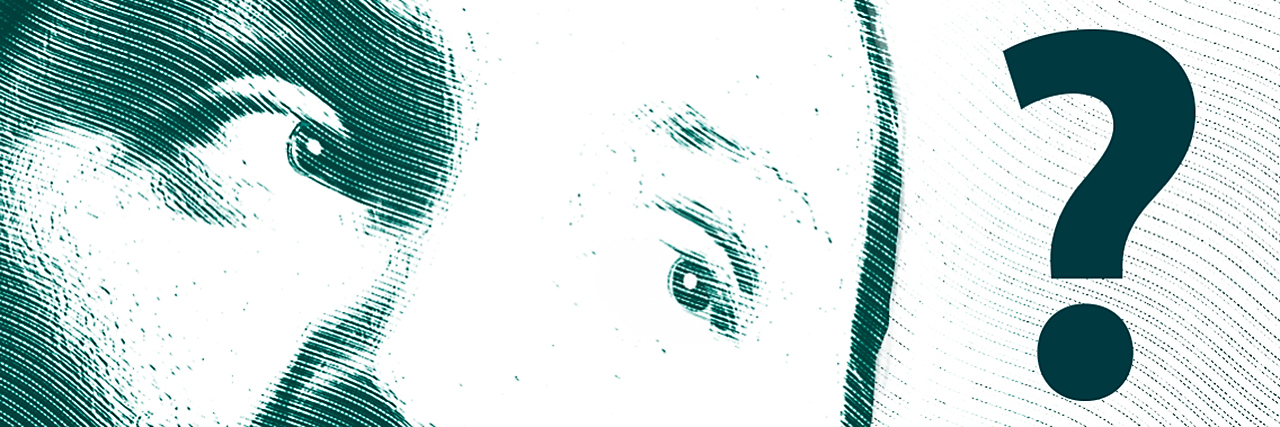
Of course there are a number of criteria a successful candidate must meet. Naturally, she must be Canadian but she must also have been deceased for at least 25 years. All you Celine Dion and Pamela Anderson fans will have to wait some time, I’m afraid. I know this sounds silly, but she must not be fictional. As much as we love Anne Shirley and Bobinette, they weren’t real people—and one is a puppet. Puppets will definitely not be considered.
A small sample of the thousands of possible nominees for a notable Canadian woman.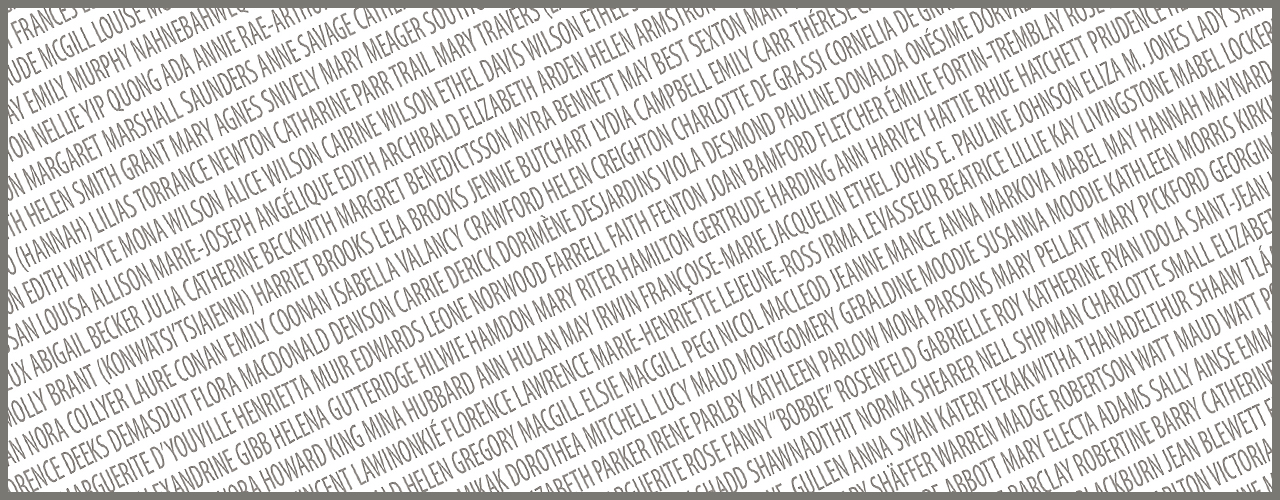
Who will be considered are women who have “…demonstrated outstanding leadership, achievement or distinction in any field, benefiting the people of Canada, or in the service of Canada…” Writers, actors, inventors, leaders, athletes, activists, journalists, artists, diplomats, your trailblazing Great Aunt Sophie…whoever she is, just get that nomination in! The response so far has been fantastic. Check out the Bank of Canada website for a regularly updated list of nominees and details about the decision process.
This is the last week you will be able to participate, so don’t delay. And remember: no puppets!
The Museum Blog
New acquisitions—2025 edition
Whatever happened to the penny? A history of our one-cent coin.
By: Graham Iddon
Good as gold? A simple explanation of the gold standard
By: Graham Iddon
Speculating on the piggy bank
By: Graham Iddon
New acquisitions—2024 edition
Money’s metaphors
Treaties, money and art
Rai: big money
By: Graham Iddon
